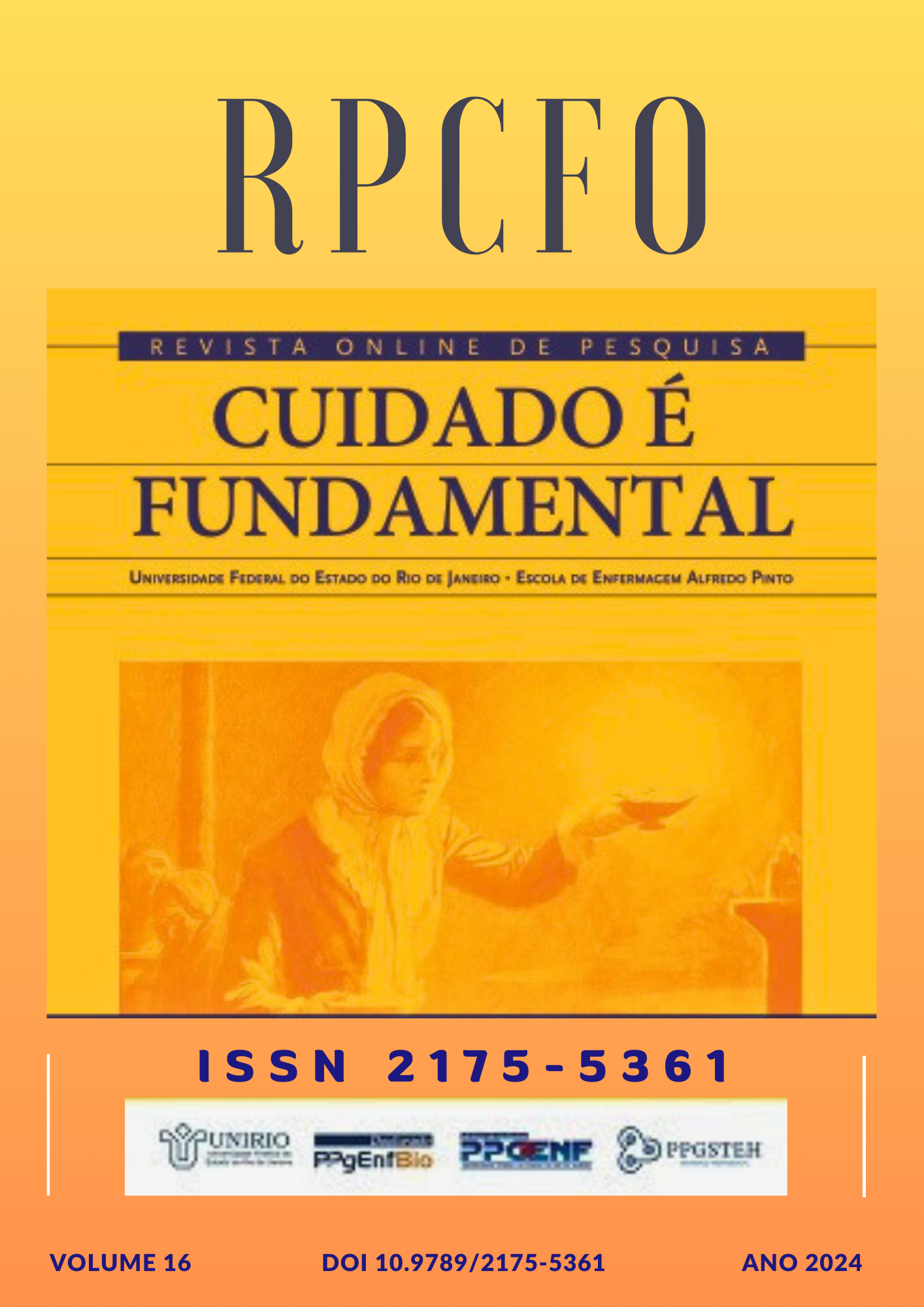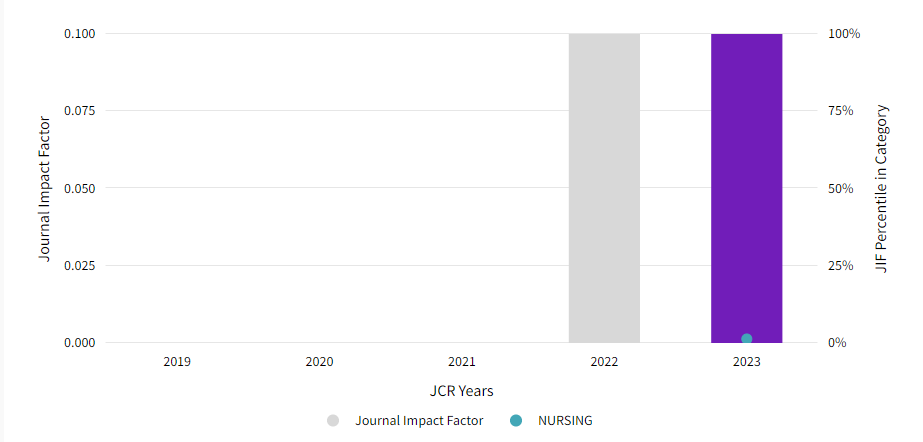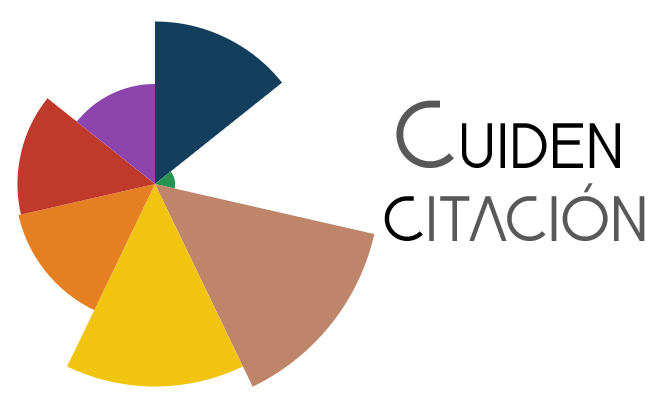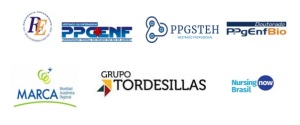RELACIÓN ENTRE LA FOBIA AL COVID-19 Y LA ANSIEDAD POSPARTO EXPERIMENTADA POR LAS MADRES CUYOS HIJOS SON HOSPITALIZADOS EN LA NICU
DOI:
https://doi.org/10.9789/2175-5361.rpcfo.v16.13471Palabras clave:
PALABRAS CLAVE: Posparto; Ansiedad Posparto; Fobia COVID-19; PandemiaResumen
SÜRDÜRMEK
Amaç: Çalışma, pandemi döneminde çocukları yenidoğan yoğun bakım ünitesinde tedavi gören annelerin yaşadığı COVİD-19 fobisi ile doğum sonrası kaygı arasındaki ilişkinin incelenmesi amacıyla yapılmıştır.
Gereç ve Yöntem : Tanımlayıcı tipte olan bu çalışma, doğum sonrası dönemde doğumevinde kalan 258 annenin katılımıyla gerçekleştirilmiştir. Çalışma verileri Kişisel Bilgi Formu, COVİD-19 Fobi Ölçeği (C19P-S) ve Doğum Sonrası Spesifik Kaygı Ölçeği kullanılarak toplanmıştır.
Bulgular: Katılımcıların Fobi Ölçeği'nden aldıkları ortalama puan 56,76 olup, katılımcıların %61,6'sının doğum sonrası kaygı düzeylerinin yüksek olduğu belirlendi. Spesifik doğum sonu kaygı düzeyleri ile Fobi Ölçeği'nin psikolojik ve sosyal alt boyutları arasında istatistiksel olarak anlamlı, pozitif ve orta düzeyde bir ilişki bulunurken (p<0,01), bedensel ve ekonomik alt ölçekler ile ise pozitif ve zayıf bir ilişki belirlendi (p<0,01). ).
Sonuç: Koronofobi doğum sonrası kaygı ile ilişkilidir. Pandemi döneminde lohusalık ruh sağlığı da değerlendirilmelidir
ANAHTAR KELİMELER : Doğum sonu; Doğum Sonrası Kaygı; COVİD-19 fobisi; Pandemi
Descargas
Citas
REFERENCES
T.C Quality Standards in Health Indicator Management Guide. Department of Quality in Health, Accreditation and Employee Rights.2020;98.
Aktaş M, Akca E, Senoğlu S, Gokyıldız Surucu S. Investigation of Anxiety and Depression Levels of Parents whose Baby Is Inpatient in the Neonatal Intensive Care Unit. 87-97. doi:10.17942/sted.457029
TC. Ministry of Health, General Directorate of Public Hospitals (2008). Anne Guest House Service Presentation Guide (Internet) www.khgmsaglikbakimdb.saglik.gov.tr Date accessed: 07.06.2020.
Bekaroğlu E, Yılmaz T. Covid-19 and its Psychological Effects: A Review from the Perspective of Clinical Psychology. Journal of Object Psychology. 8(18),579-580.
Liu R, Han H, Liu F, Lv Z, Wu K. Positive Rate of RT-PCR Detection of SARS-Cov-2 Infection in 4880 Cases from One Hospital in Wuhan, China, From Jan To Feb, Clinica Chimica Acta. 2020;505, 172-175.
Arpacı I, Karatas K, Baloglu M. The Development and Initial Tests for the Psychometric Properties of the Covid-19 Phobia Scale (C19P-S). Personality and Individual Differences. doi:10.1016 / j.paid.2020.110108.
Fallon V, Halford JCG, Bennett KM, Harrold JA. Postpartum-Specific Anxiety as a Predictor of Infant-Feeding Outcomes and Perceptions of Infant-Feeding Behaviours: New Evidence for Childbearing Specific Measures of Mood. Arch Womens Ment Health 2018;21(2):181-91.
Duran S. Postpartum Specific Anxiety Scale (PSAS): Reliability and validity of the Turkish version. Perspectives in Psychiatric Care, 2019/1-7. doi: 10.1111/ppc.12385
Sevimli, AD. Lohusaların Koronavirüs (Covıd-19) Korkusu ve Doğum Sonu Destek Gereksinimlerinin Belirlenmesi. T.C. İstinye Üniversitesi. Yüksek Lisans Tezi.
Uzun A, Öztürk GZ, Bozkurt Z, Çavuşoğlu M. Comparison of Fear of Covid-19 after Pregnancy and Its Relationship with Breastfeeding. Journal of Ideas in Health. 2021;4(1), 327-333.
Güvenç G, Yesilcinar İ, Ozkececi F, et al. Anxiety, Depression, and Knowledge Level in Postpartum Women during the Covıd-19 Pandemic. Perspectives in Psychiatric Care. 2021;57(3):1449-1458.
Karkın PO, Sezer G, Şen S, Duran M. Comparison of Coronavirus-19 Phobia in Pregnant and Non-Pregnant Women. Kocaeli Med J. 2021;10(Additional Issue 2):176-180.
Boekhorst GBM, Muskens L, Hulsbosh PL, Deun KV, Berging B, Pop VJM, et al. The Covıd‑19 Outbreak İncreases Maternal Stress During Pregnancy, But Not The Risk For Postpartum Depression. Archives Of Women’s Mental Health. doi: 10.1007/s00737-021-01104-9.
Demir GB, Sarıboğa Y. Coronaphobia in Nurses. Online Turkish Journal of Health Sciences. 2021. 6(3),372-381.
Karkın PO, Sezer G, Şen S, Duran M. Comparison of Coronavirus-19 Phobia of Women Working in the Healthcare Area and Women Outside the Healthcare Area in Demirci District. Med J West Black Sea 2021;5(2): 198-203.
Reck CK, Struben M, Backenstras L.,et al. Prevalence Onset and Comorbidity of Postpartum Anxiety and Depressive Disorders. Acta Psychiatr Scand 2008: 1–10.
Paul MS, Downs DS, Schaefer EW, Beiler J, Weisman CS. Postpartum Anxiety and Maternal-Infant Health Outcomes. Pediatrics 2013;131; 2012-2147
Fairbrother N, Janssen P, Antony P, Tucker E, Young AH. Perinatal Anxiety Disorder Prevalence and Incidence. Journal of Affective Disorders. King’s Research Portal 2016;148-155.
Field T. Postnatal Anxiety Prevalence, Predictors and Effects on Development: A Narrative Review. DOI:10.1016/j.infbeh.2018.02.005.
Bayrı Bingöl F, Demirgöz Bal M. Factors Affecting Postpartum Maternal Anxiety and Attachment. doı:10.17942/sted.887220. 2021:60-68.
Yalçın H, Kaya Ş. Investigation of Anxiety Levels and Emotion Regulation Skills of Mothers who gave birth during the Covid-19 Pandemic Process. International Social Sciences Studies Journal. ISSN:2587-1587. Vol:6, Issue:65; 2778-278.
Publicado
Versiones
- 2024-10-25 (2)
- 2024-10-17 (1)
Cómo citar
Número
Sección
Licencia
Derechos de autor 2024 Revista de Pesquisa Cuidado é Fundamental Online

Esta obra está bajo una licencia internacional Creative Commons Atribución-NoComercial-CompartirIgual 4.0.
TERMO DE TRANSFERÊNCIA DE DIREITOS AUTORAIS
Transfiro os direitos autorais deste artigo para a Revista de Pesquisa Cuidado é Fundamental - Online - RPCF, assim que ele for aceito para a devida publicação eletrônica. Os direitos de autor incluem o direito de reproduzir na íntegra ou em parte por qualquer meio, distribuir o referido artigo, incluindo figuras, fotografias, bem como as eventuais traduções. O autor pode ainda, imprimir e distribuir cópias do seu artigo, desde que mencione que os direitos pertencem a RPCF. Declaro que este manuscrito é original, não tendo sido submetido à publicação, na íntegra ou em partes para outros periódicos online ou não, assim cmmo em Anais de eventos científicos ou capítulos de livros.



























